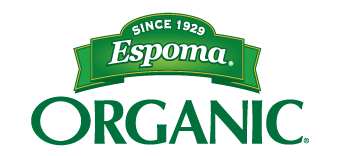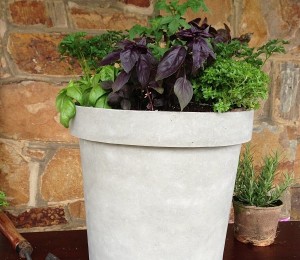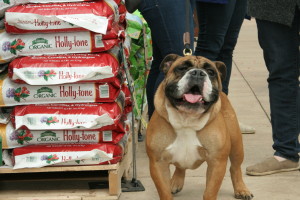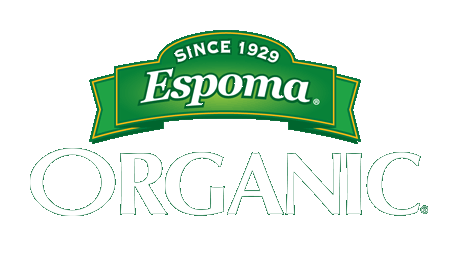Guide to Growing Organic Tomatoes
If there’s one vegetable that needs to be in your organic garden, it’s tomatoes! Juicy, red tomatoes are the taste of summer.
In a salad, drizzled with olive oil, sliced with fresh mozzarella or even eaten like an apple, homegrown tomatoes make every summer meal taste better.
Like all homegrown food, they’re picked when they’re the juiciest and most flavorful. And since you care for tomatoes all season, you appreciate the care and work it takes to ethically raise them. You know without an inkling of doubt that these tomatoes are organic, packed with nutrients and 100% free of harmful pesticides.
care and work it takes to ethically raise them. You know without an inkling of doubt that these tomatoes are organic, packed with nutrients and 100% free of harmful pesticides.
Plus when growing your own tomatoes, you get to pick exactly the kind you want! There are over 10,000 different types of tomatoes, in nearly every size and color.
To pick the tomatoes best for you, decide if you’d like to snack on tomatoes throughout summer. These are known as Indeterminate. Or if you’d like your crop to ripen at once at the end of summer, select determinate.
Also, think about how you’d like to use your tomatoes. Will you use them in lots of fresh recipes or can and preserve and save them for winter? See our favorite tomatoes below to pick the one right for you!
Best Tomatoes to Eat All Summer (Indeterminate)
- Best Tomatoes for Sandwiches: Brandywine– The original scrumptious beefsteak, and all other beefsteaks
- Best Tomatoes for Early Harvest: Early Girl– Bright red in color and flavor
- Best Tomatoes for Sun-Drying: Any Cherry tomatoes
Best Tomatoes for Canning and Sauces (Determinate)
- Best Tomatoes for Sauces – Full-flavored Roma
- Best Tomatoes for Canning –Viva Italia which are virtually seedless
- Best Overall Tomatoes: Rutgers– Abundant, uniform tomatoes that are perfectly tasty
 Pick one (or a couple) tomato varieties and get planting! Follow along below or check out how not to be a couch tomato with these tips.
Pick one (or a couple) tomato varieties and get planting! Follow along below or check out how not to be a couch tomato with these tips.
Since tomatoes love the sun, they need a spot that gets at least 6 hours of sunlight a day.
Then, boost your soil. Mix in 3” of homemade compost or organic Garden Soil into the top 6” of your soil.
While you’re at it, mix in 9 cups of Espoma’s Tomato-tone per 50 square feet. For single plants, use 3 tablespoons of Tomato-tone per plant.
An organic plant food like Tomato-tone provides tomatoes the nutrients they need to grow big and plump. Since this is a slow-release, organic fertilizer, Tomato-tone never forces rapid growth, which reduces tomato yield.
Now dig a hole larger than the tomatoes’ original container. Look at the plant tag to see how far apart each tomato plant should be.
Situate the plant in the hole so its lowest leaves are below the soil level. Go ahead and pinch those lower leaves off.
Then fill the hole with amended soil or Espoma’s Organic Garden Soil.
To set your tomatoes up for success, stake them now to increase air circulation and sunlight exposure.
You can support them with a tomato cage, trellis or container. Or hammer 6-8” stakes 1’ into the ground about 3-6” away from the plant. When tomatoes begin blooming, tie them to the stake.
Right now though, all they need is some water! For the next few days, water tomatoes generously. Then, give tomatoes about 2” of water around their base each week.
In addition to watering, feed your tomatoes an organic tomato food each month. Organically fertilizing tomatoes with Tomato-tone produces larger, plumper tomatoes all season.
In 3-5 weeks, add 2-3” of mulch to reduce water consumption.
It won’t be long now until you’re biting into the first, fresh tomato of the season!
Share this post if you LOVE growing tomatoes!

 Most herbs will work in a container but the best herbs to plant in containers are: Basil, Mint, Rosemary, Thyme, Oregano, Cilantro, Parsley, Sage, Chives, Lavender, Tarragon, Lemon Verbena
Most herbs will work in a container but the best herbs to plant in containers are: Basil, Mint, Rosemary, Thyme, Oregano, Cilantro, Parsley, Sage, Chives, Lavender, Tarragon, Lemon Verbena

